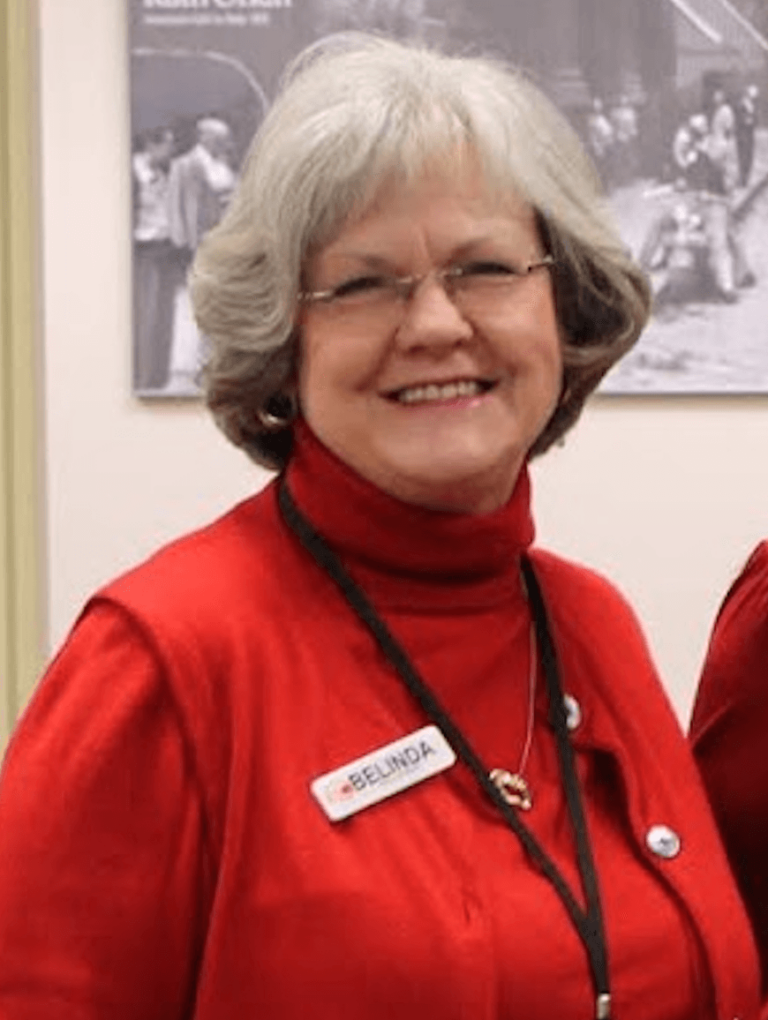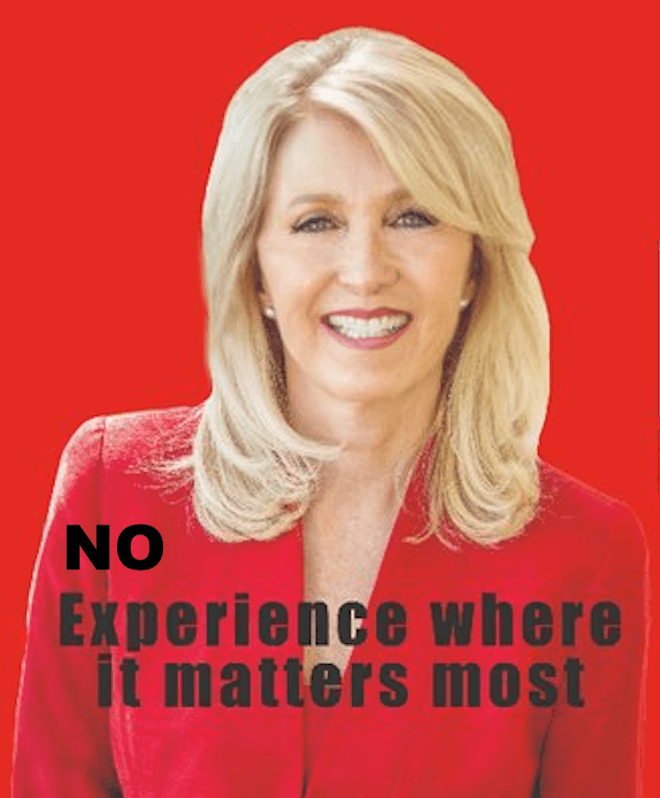CMU President John Marshall cites unreliable preprint as a basis for the school’s weak Covid-19 response
September 6, 2021
6 Comments
New Colorado Mesa University (CMU) President John Marshall on August 30 cited a non-peer-reviewed study that bears a boldfaced warning label saying it might contain ...
Read More →
The Agency of the Irresponsible
September 2, 2021
8 Comments
The following commentary on how Colorado Mesa University (CMU) is handling the coronavirus pandemic was written by CMU History Professor Sarah Swedberg, who is now ...
Read More →
Secretary of State lawsuit against Mesa County Clerk also names Deputy Clerk Belinda Knisley
August 31, 2021
9 Comments
The text of the Secretary of State’s lawsuit against Mesa County Clerk Tina Peters (pdf) essentially says Deputy Clerk and Recorder Belinda Knisley lied to ...
Read More →
Secretary of State pursuing ethics complaint against Mesa County Clerk Tina Peters
August 31, 2021
2 Comments
At least one ethics complaint submitted to the State of Colorado about Mesa County’s crazy Clerk Tina Peters is starting to bear fruit. Luis Lipchak, ...
Read More →
CO SOS files suit to remove Mesa County Clerk Tina Peters as Designated Election Official
August 30, 2021
No Comments
Colorado Secretary of State (SOS) Jena Griswold filed a lawsuit today asking a judge to remove Mesa County Clerk Tina Peters as Designated Election Official ...
Read More →
County Commissioners do about-face on pot with referred ballot measures
August 30, 2021
8 Comments
Item #8 on the Mesa County Commissioners’ agenda today is a proposal to refer a measure to the countywide ballot a measure that will give ...
Read More →






